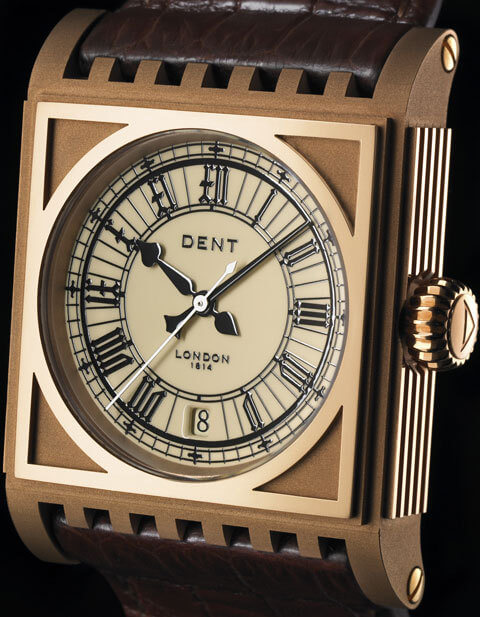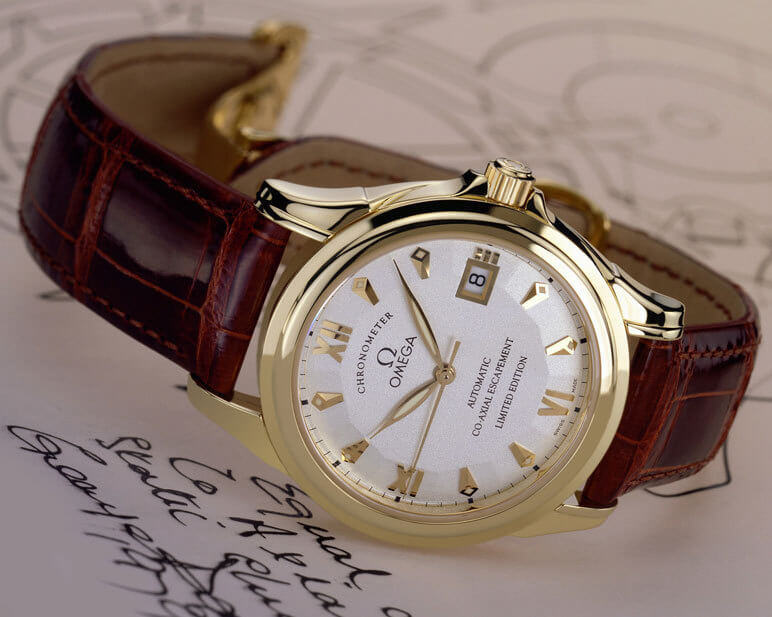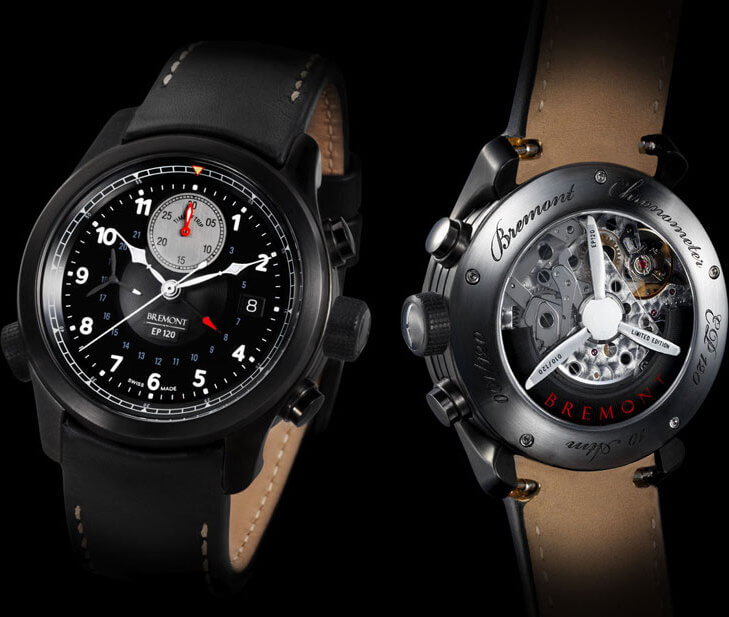Watchmaking in England is enjoying an exciting renaissance. Confirmation comes with news, I have just learned, that plans are well under way for the establishment of an (as yet unnamed) English chronometer test certificate. And its qualifying standard is to be higher (yes, tougher) than the Swiss COSC and German equivalents. This requirement will echo the old Kew Observatory certificates, originally created for the testing of marine chronometers, in which the English were world leaders. Until the late 1960s leading Swiss watch manufacturers also sought to gain it (Omega and Ulysse Nardin being just two constant and successful applicants).
Plans for the new certificate are not finalised, but ongoing discussions are being led by the British Horological Institute (founded in 1828, and publisher since 1858 of the Horological Journal) and the Worshipful Company of Clockmakers (1651). They are in close consultation with recently arrived makers such as Charles Frodsham, Dent, R.W. Smith, and others which have not yet ‘gone public’. Greenwich, Kew and Teddington are possible locations for the test benches.
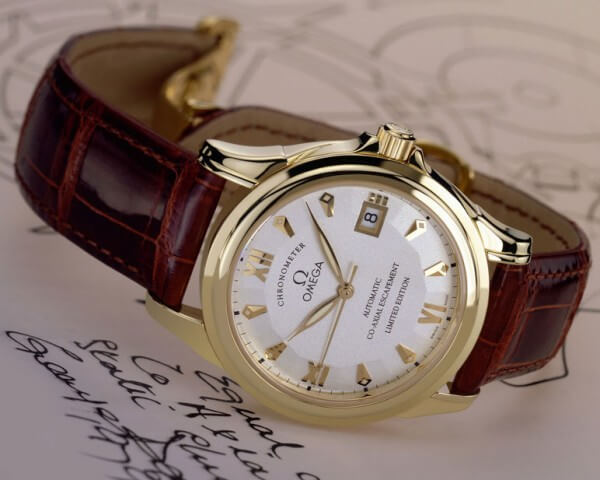
The launch of Dent watch brand
‘Big Ben’ is probably the best-known public clock in the world. It has been the most recognisable icon of England (ahead of Buckingham Palace and Stonehenge) since the day the Great Clock (its real name) first sounded the time in 1859. Its maker was E. Dent & Co. Edward John Dent (1790-1853) founded what was to become the first truly international clockmaker when he was only 24, and his company’s creations are revered to this day, ranging as they do from its 1871 Standard Clock at the Royal Observatory, which dictated GMT (until replaced by an electric clock in 1946), through prize-winning marine chronometers carried by many famous explorers, to the huge station clock in the new Eurostar Terminal at London’s St.Pancras Station (opened this year by The Queen).
The above account highlights the launch of the Dent watch brand this year in London, and, how appropriate, its first two model ranges are called Ministry and Parliament. A group of investors are determined to bring their manufacture over to England very soon from Switzerland, and are benefiting from the guidance of Peter Roberts. He was the first Englishman to graduate from WOSTEP, and later taught Stephen Forsey and Peter Speake-Marin at the Hackney School of Watchmaking, London.
The pioneer in the re-establishment of watchmaking in England
Charles Frodsham is another famous old English watch and clock name about to be revived. The eponymous founder (1810-1871) was made a Fellow of the Royal Astronomical Society at 24, went on to supply marine chronometers to the Admiralty, and in 1854 became Keeper of Queen Victoria’s clocks (there were hundreds of them!). During the 1940-1980 period, the company made mantel and carriage clocks.
Charles Frodsham has been acquired, along with invaluable company records, and is being ripened for revival as a wristwatch brand. Clock and watch dealers Philip Whyte and Richard Stenning, based in elegant St James’s, are steering the operation, and already have five watchmakers at work in a factory in East Sussex. They are four years into a five-year research and development plan, which will lead to the production of an English-made timepiece bearing the distinct hallmarks of a pioneer in the re-establishment in recent years of watchmaking in England … he is of course George Daniels (who needs no introduction in this article).
This first wristwatch will employ, among other technical and aesthetic features, the patented Daniels Double Impulse Chronometer Escapement. This oil-less detent escapement has been fitted previously only to only eight pocket watches (seven by the great man himself and one by Derek Pratt). There will not be any Swiss parts at all in the watch, all parts being autonomously made in Frodsham’s workshops, except leather straps, mainsprings and sapphire crystals.
Derek Pratt and Roger Smith
Englishman Derek Pratt has just been mentioned. At 70, and a leading light in the British Horological Institute, he has been, as he proudly explains, a self-employed horologist since 1972, working at first restoring very early iron clocks, then complicated pocket watches, and he worked with George Daniels on his development of the Co-Axial escapement. He was the recipient of the very rarely awarded Tompion Medal of the Worshipful Company of Clockmakers in 2006, and is nearing the completion of a reconstruction of John Harrison’s famous H4 marine chronometer.
Another contemporary English watchmaker with the happy experience of working with George Daniels in his Isle of Man workshops is Roger Smith, a craftsman with an archetypal surname, whose wristwatch dials are sternly but always proudly engraved R.W. Smith. His new Series 2 watches house Daniels movements. The Smith output amounts to just 25 pieces a year. Smith and his few colleagues make every single component in every single watch except the hairsprings. And, with a final English touch, royal designer Lord Linley is making the boxes they come in.
Swiss tribute to England
There are also new English watch brands, which are ‘Swiss Made’, there are Englishmen who are eminent watchmakers in Switzerland, and there is a Swiss watchmaker using English watchmakers’ names.
Bremont Watch Company launched its first ALT1 and BC collections in 2007. Various versions of these sporting stainless steel models are limited to 1,000 of each. The July 2008 EP120 Spitfire wristwatch is limited to, you have guessed, 120 pieces. These watches are designed and case-finished in England, having been manufactured in Biel/Bienne. And this exciting new enterprise is owned by two brothers. Their names are Nick and Giles English.
IWI are the big, bold red capital letters on the dials of a new company founded by young and talented Ian Walsh; the second ‘I’ stands for International. His stainless steel automatic watches, with a distinctly sporting look (recalling his years with TAGHeuer), are each limited to 500 pieces only. Their distinguishing characteristic is an oversized, deeply milled crown at 12 o’clock, they employ ETA 2824-2 automatic movements, and they all share a retail price of £1,250. Ian, and his marketing colleague Tim Nardin, are based in Darwen, Lancashire. He also imports Hanhart watches, and supplies and repairs specialist sports timing equipment. Ian’s advertising byline is a confident ‘Luxury Watches Manufactured in England’, and he started his venture immediately after graduating from the recently opened Manchester School of Horology, a partnership school of WOSTEP (its first students graduated this year).
Backes & Strauss is the oldest diamond trader in the world, based in St James’s in London’s West End (around the corner from Charles Frodsham), and has launched three collections of heavily diamond-set wristwatches, called Berkeley, Piccadilly and Regent. These are names from around their offices, and are stocked in the just opened Haute Horlogerie department in Harrods. A very English profile therefore, but the watches are made exclusively by Franck Muller at Watchland.
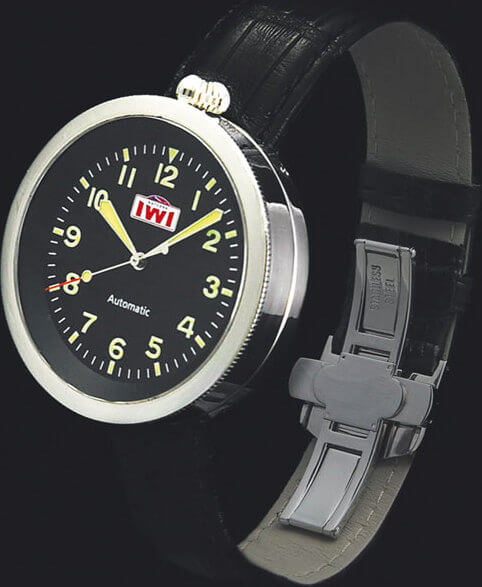
British masters
Greubel Forsey needs no introduction because of its recent and widely recognized achievements in the design and manufacture of complicated movements. So much so that Richemont have acquired a minority shareholding in the company of Robert Greubel and Stephen Forsey, which they established in 1999. Stephen Forsey is a born and bred Englishman.
Another prominent Englishman climbing to the top of the horological tree in Switzerland is Peter Speake-Marin, now 40, who studied at WOSTEP, and first displayed his own timepieces at Baselworld in 2003. He has created a piece for the Opus series for Harry Winston, but on his own account is keeping his production to around 350 pieces a year. Such Englishmen are modest and in their way brilliant.
In another category of English watchmaking associations is British Masters, Eric Loth’s operation in La Chaux-de-Fonds. His three brands are named after some of the finest watchmakers who ever lived, among the many this small island has produced: Arnold, Graham and Tompion.







